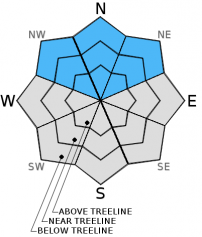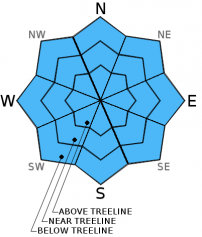| Thursday | Thursday Night | Friday | |
|---|---|---|---|
| Weather: | High level clouds creating partly cloudy skies. | High level clouds creating partly cloudy skies. | High level clouds creating partly cloudy skies. |
| Temperatures: | 50 to 57 deg. F. | 32 to 38 deg. F. | 56 to 62 deg. F. |
| Mid Slope Winds: | Variable | Variable | Variable |
| Wind Speed: | Light winds | Light winds | Light winds |
| Expected snowfall: | 0 | 0 | 0 |
| Thursday | Thursday Night | Friday | |
|---|---|---|---|
| Weather: | High level clouds creating partly cloudy skies. | High level clouds creating partly cloudy skies. | High level clouds creating partly cloudy skies. |
| Temperatures: | 50 to 57 deg. F. | 32 to 39 deg. F. | 47 to 54 deg. F. |
| Ridge Top Winds: | Variable | Variable | Variable winds in the morning, becoming southwest in the afternoon. |
| Wind Speed: | Light winds | Light winds | Light winds in the morning becoming 10 to 15 mph in the afternoon. |
| Expected snowfall: | 0 | 0 | 0 |

























